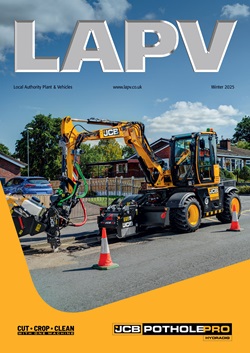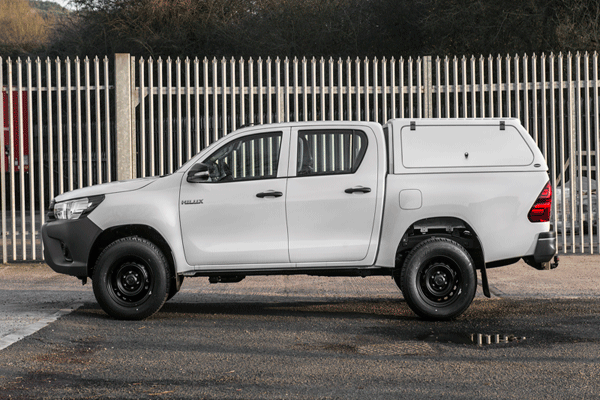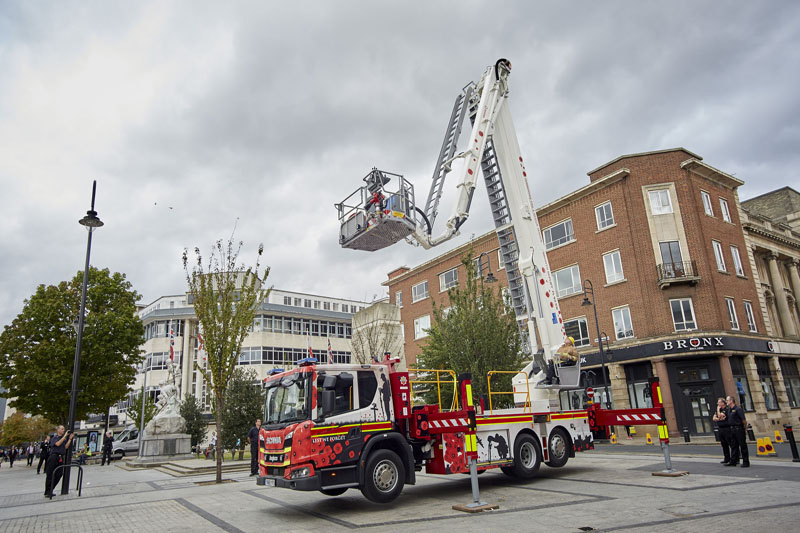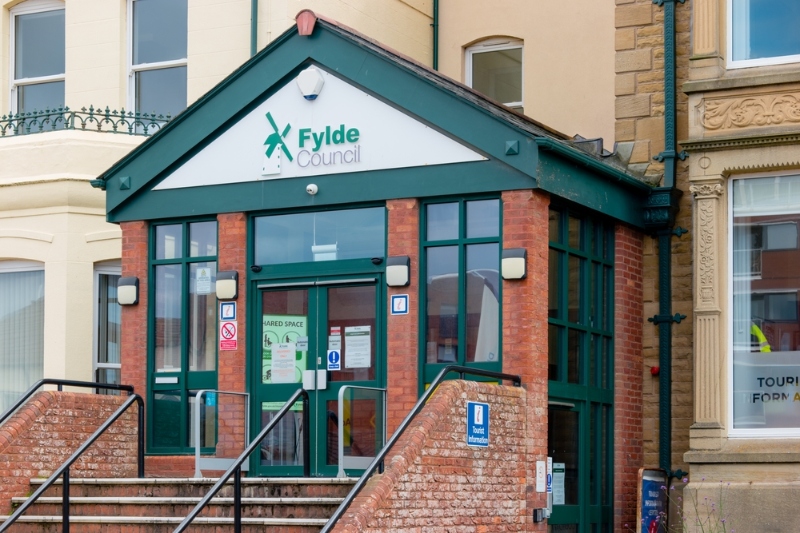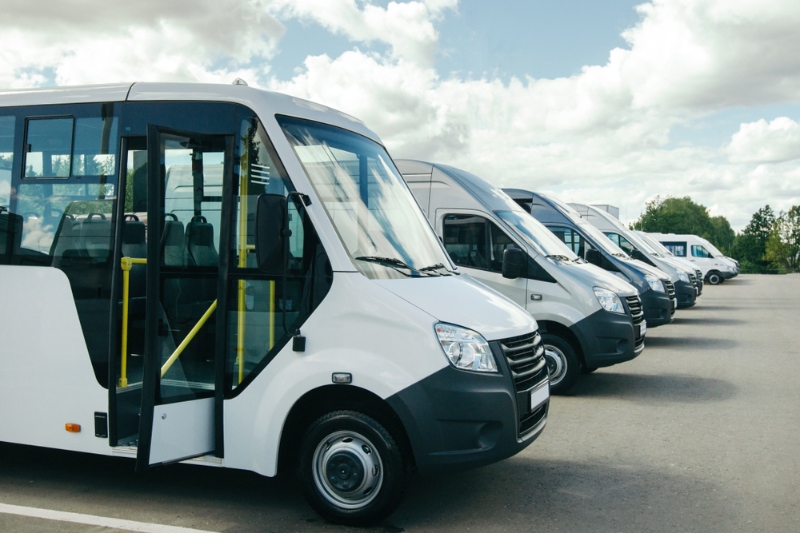This year has already been unforgettable for many reasons. The global pandemic has changed the way we live, work, play and move. As the UK went into lockdown, the roads went quiet, train lines ran with no passengers and thousands of us turned to cycling to keep fit.
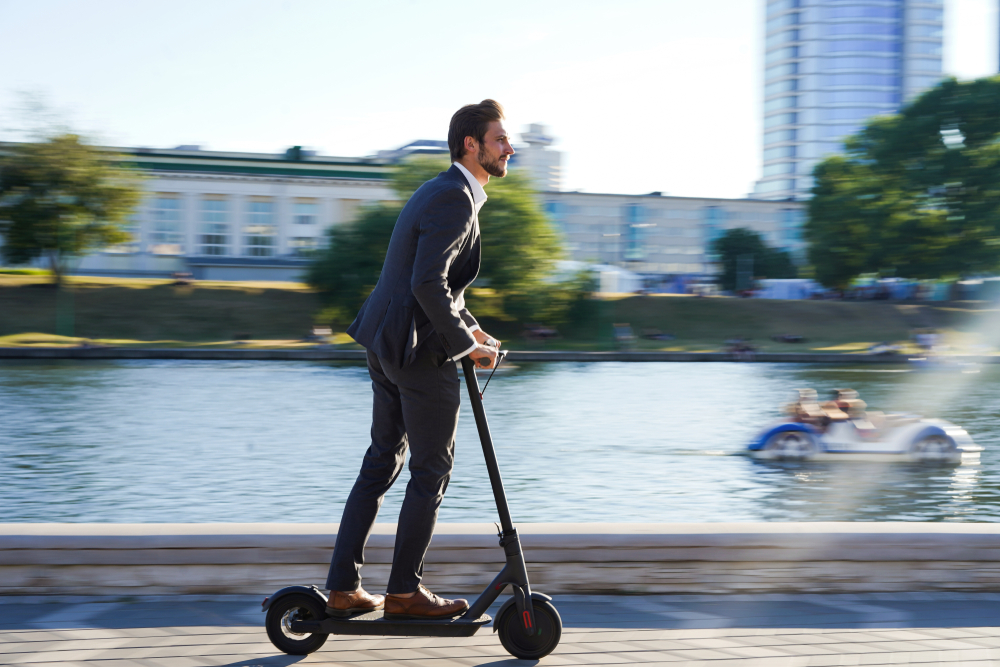 We’re used to going to work packed like sardines on public transport or in our own vehicles, but Covid-19 has forced the Government to re-assess mobility. E-scooters have been on the continent for a while but they’re illegal to use on public highways. Trials are now being rolled out, but for e-scooters to become another component of our growing connected community, councils must look at mobile connectivity and data to make an informed decision on the success of these trials.
We’re used to going to work packed like sardines on public transport or in our own vehicles, but Covid-19 has forced the Government to re-assess mobility. E-scooters have been on the continent for a while but they’re illegal to use on public highways. Trials are now being rolled out, but for e-scooters to become another component of our growing connected community, councils must look at mobile connectivity and data to make an informed decision on the success of these trials.
What benefits does greater connectivity bring?
The 5G network will improve connectivity greatly in urban areas initially. The fifth generation of mobile networks will bring huge improvements in download speeds and capacity. In recent testing, Vodafone’s 5G median download speed in London was over 11 times faster than that available on 4G. The second primary benefit of 5G is seamless connectivity. The greater capacity of 5G means more and more people can be on the network at the same time. If you’re a consumer looking for the nearest e-scooter, on 5G, you’ll be able to access an app and locate the scooters with greater ease and are unlikely to find connectivity to be a barrier. The third benefit is ultra-low latency, which offers a chance at real-time oversight of what’s happening, which could support the management of the scooter trial on a live basis. This helps reduce logistical inefficiencies.
To continue reading visit the LAPV magazine or subscribe for free.


